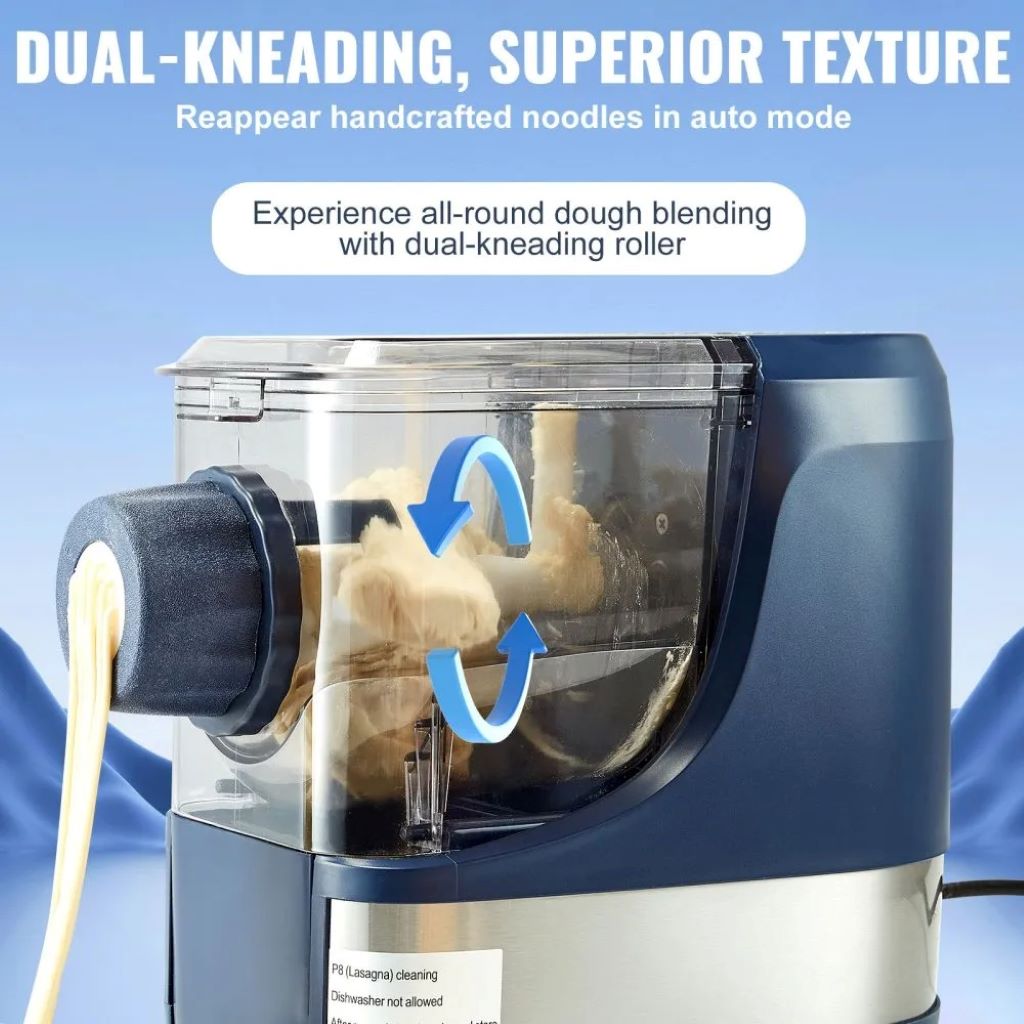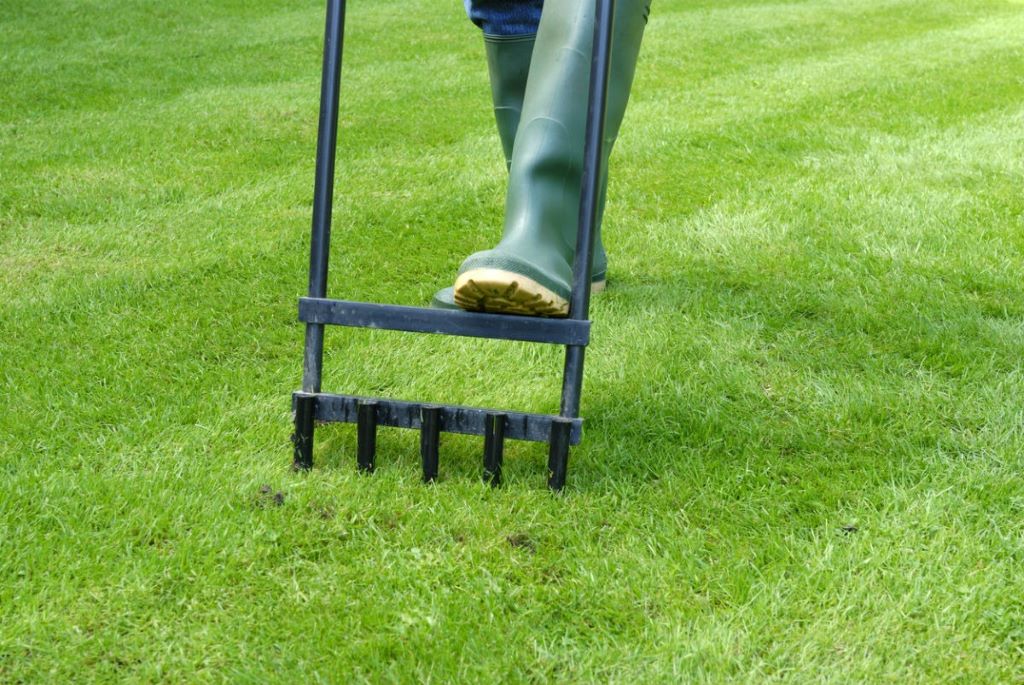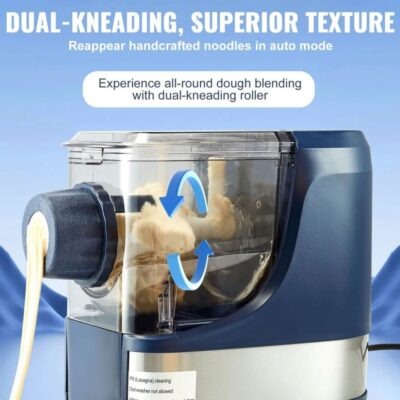An introduction to pre-insulated pipes
Pre-insulated pipes are an advanced piping solution designed to transport fluids efficiently while minimising heat loss and protecting against environmental damage. Commonly used across infrastructure and building services, they are increasingly favoured for their energy efficiency, durability, and ease of installation. Let’s look at pre-insulated pipes in more detail.
These systems are composed of three key players: a central carrier pipe, which is often steel, plastic or copper pipe; a high-performance insulation layer, typically polyurethane foam; and a tough outer jacket, usually made from polyethylene or steel. Together, these components form a robust and reliable pipeline ideal for both internal and external use.
Benefits and applications of pre-insulated pipework
One of the primary advantages of pre-insulated piping is thermal efficiency. The insulation layer prevents heat loss or gain, helping maintain fluid temperatures over long distances. This is crucial in systems such as district heating, domestic hot water supply, and HVAC networks, where energy retention significantly affects system performance and running costs.
In external environments, pre-insulated pipes protect against weather, ground movement, and UV exposure. This makes them suitable for underground water lines, district energy systems, and industrial process networks. They also reduce installation time and labour costs due to their prefabricated, modular design.
Complying with standards such as BS EN 15632 and Building Regulations Part L ensures these systems meet strict energy and performance benchmarks in UK construction.
Material choices and longevity
The effectiveness of pre-insulated piping relies heavily on the materials used. Copper pipe, for example, is valued for its corrosion resistance, longevity, and thermal conductivity, making it a reliable choice in both residential and commercial settings. Combined with quality insulation and a durable outer jacket, copper systems can operate efficiently for decades with minimal maintenance.
Anyone interested in the range of copper pipe options available can visit or contact a pipeline merchant.
As demand for low-energy, low-maintenance systems grows, pre-insulated pipes are becoming a standard in sustainable construction. The adoption of these pipes supports the broader move toward greener infrastructure and reducing carbon emissions in buildings, aligning with both regulatory goals and environmental commitments.





